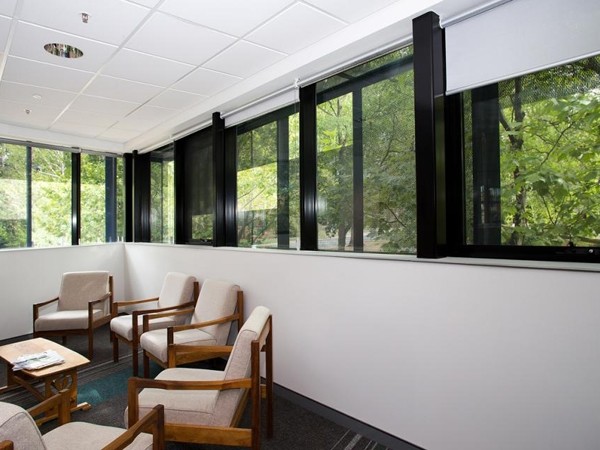The Frank Fenner Building at the Australian National University (ANU) has become the first building in the ACT to achieve both 6 Star Green Star Office Design and As Built v3 ratings from the Green Building Council of Australia (GBCA).
This achievement has been hailed by the GBCA as representing a ‘world leadership’ in sustainable construction, with the building to be used in a study of green buildings at universities around the world.
Housing the Fenner School of Environment and Society, the Frank Fenner Building was completed by property and construction company Hindmarsh, and is dedicated to integrated environmental research and training.
A key initiative is the photovoltaic system installed on the roof, which generates up to 43,800kWh of electricity annually, making the building almost carbon negative.
Motion sensors and daylight dimming have further reduced the building’s lighting energy consumption, while a blackwater recycling system captures all waste water.

Water Tanks
A number of other sustainable elements, such as high grade insulation, double-glazed windows, passive ventilation systems, and highly efficient cooling and heating systems, were also incorporated.

External screens protect building windows
The building is part of the $240 million ANU College of Sciences Precinct, which was completed in 2013. According to Professor Steve Dovers, director of The Fenner School of Environment and Society, the Frank Fenner Building is now part of an international effort to look at how green buildings work, and are used.
“A Green Star ‘Design’ rating requires a commitment to innovation and a holistic approach to green building design. By reinforcing this commitment with a Green Star ‘As Built’ rating, ANU and Hindmarsh have confirmed that the sustainable design intentions were implemented during the construction process,” says GBCA’s chief executive, Romilly Madew.
“Hindmarsh is to be congratulated for being the first project team to achieve World Leadership status for construction in Round 1 of the Green Star submission process.”
Images courtesy of ANU

